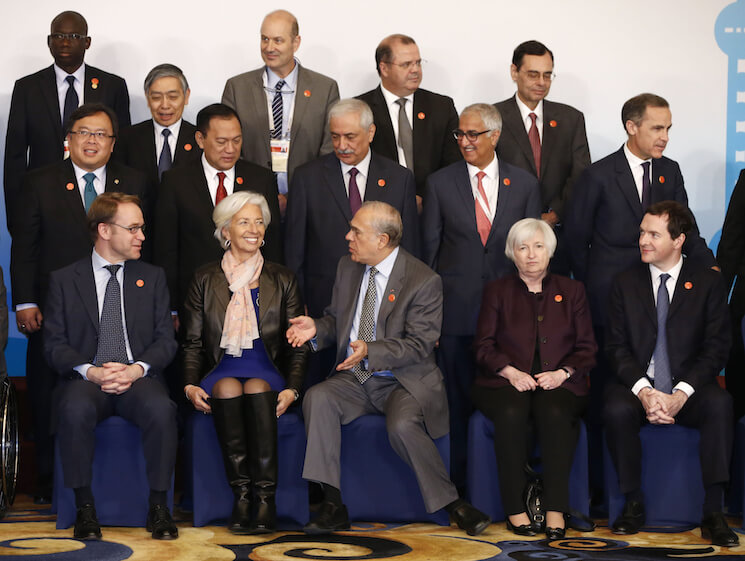What tools do central banks have left?

Central bankers are usually quite staid people. After all, when your pronouncements can easily swing stock markets and disrupt bond markets, you should be very careful about what you say. In normal times, central bankers should remain committed to being very reasonable and responsible. But it seems sometimes that the time for that old playbook has passed.
In the United States, the combination of our tepid recovery from the Great Recession, the low rates of inflation, and interest rates hovering around zero despite extraordinary amounts of expansionary monetary policy has provoked some rethinking of the old ways. Do we need new tools to guide economic growth moving forward? Or should we just amend the old ways?
Negative nominal interest rates, once thought to be an impossibility, are now being seriously considered as a tool for the Federal Reserve. Other central banks—including the Bank of Japan and the European Central Bank—have already taken the dive and lowered their nominal interest rates below zero, but it’s uncertain if the U.S. central bank will jump as well when the time arrives.
Former Federal Reserve Chairman Ben Bernanke doesn’t seem to consider negative rates a tool that would be wildly different from what’s been tried in the past. If interest rates have been cut to zero, he writes, “modestly negative rates seem a natural continuation; there is no clear discontinuity in the economic and financial effects of, say, a 0.1 percent interest rate and a -0.1 percent rate.” Whether the central bank can go negative (Bernanke says the legality of negative rates is uncertain) or will go there in the near future (he says it’s unlikely anytime soon) is very much up for debate. But there’s a real debate to be had.
Maybe new tools such as negative rates aren’t needed, though. The recent meeting of the Federal Open Markets Committee, the Fed’s policy-setting arm, has raised questions about the central bank’s use of “forward guidance” and its credibility when it comes to hitting its stated 2 percent inflation target. As Bernanke puts it in his post, central banks often refer to their guidance of policy by setting expectations through communications as “open mouth operations.” But the Fed seems to have tied its hands by setting expectations through its “dot plot” that there’s a set path for policy, despite its protests that the dots are not projections of the future path of interest rates. Perhaps the Fed would be better served by focusing on forward guidance that depends less on the calendar and more on economic thresholds.
But ultimately, these adoptions or reorientations of tools may just be picking at the edge of the problem. The Federal Reserve might now be facing the possibility of inflation slightly over its target of 2 percent after four years of missing the target on the downside. An overshoot would signal that the inflation target is really a target and not a ceiling, that inflation could go slightly higher in an effort to let economic growth really get a strong foothold. But if we’re to believe Federal Reserve Chair Janet Yellen’s remarks at the Fed’s latest press conference—in which she said the Federal Open Markets Committee was not trying to “engineer an overshoot of inflation”—then we shouldn’t hold our breath for overshooting.
Timidity, then, may be the problem that central bankers have to solve. As Ryan Avent of The Economist argues, it may be time for a monetary policy regime change. The Federal Reserve may test out new tools, but they may be for naught if new targets—such as a nominal gross domestic product target—don’t emerge. Central banks can experiment all they want with negative rates, helicopters, and different-colored dots, but a bit of resolve in the form of more dramatic, bigger-picture steps may be in order.

